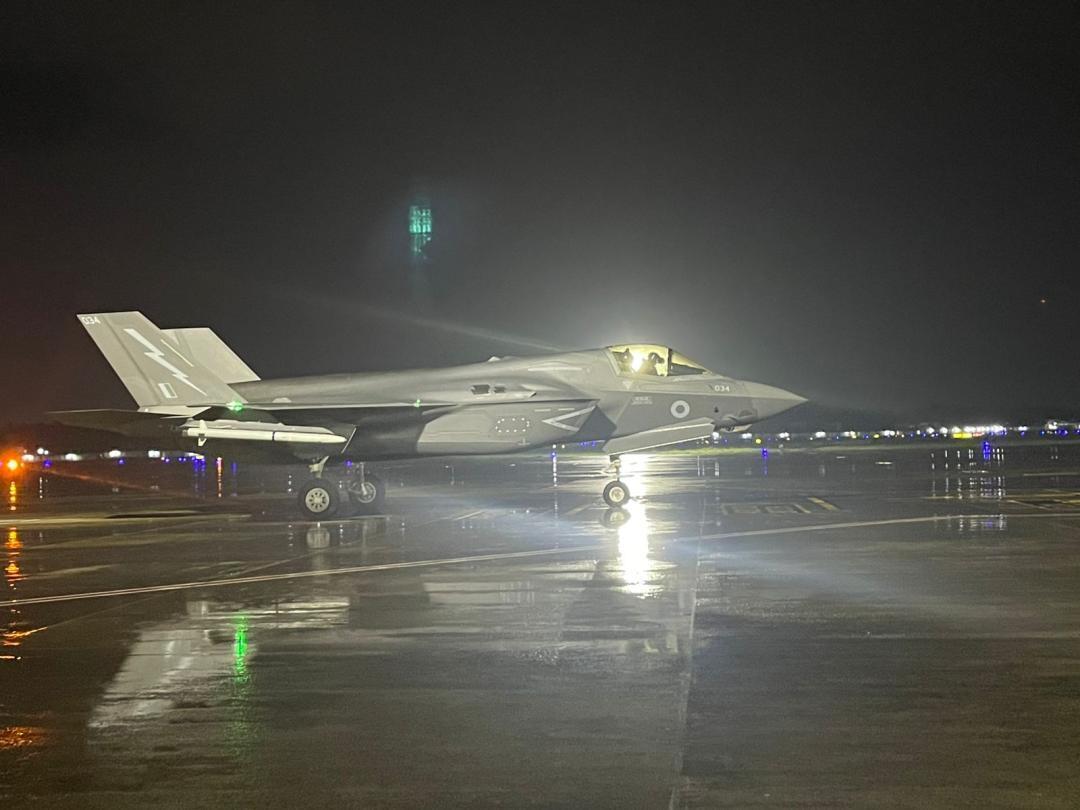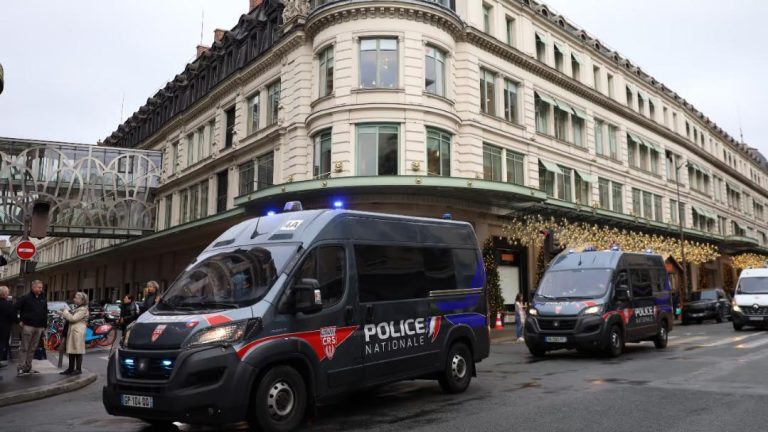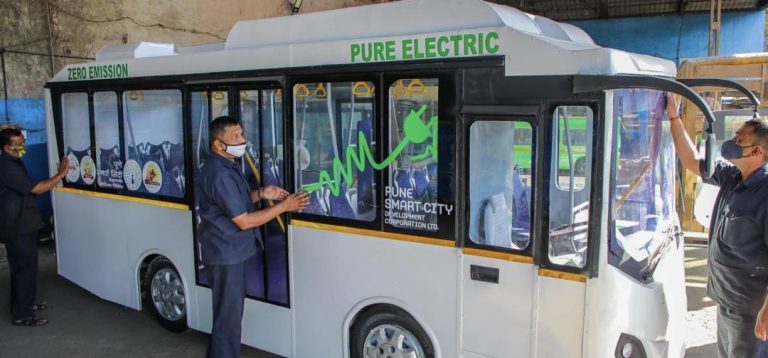
British Royal Navy Declines India’s Offer to Move F-35B Fighter Jet Inside: Report
In a surprising turn of events, the British Royal Navy has reportedly declined India’s offer to move one of its F-35B fighter jets, which made an emergency landing at Thiruvananthapuram International Airport, to a hangar at the airport to facilitate repairs. The development comes after the jet, which is a key component of the British Carrier Strike Group, made an unexpected landing at the Indian airport on April 24.
According to reports, the F-35B, which is a short takeoff and vertical landing (STOVL) variant of the Lockheed Martin F-35 Lightning II, suffered a technical issue while on a training exercise in the region. As a result, the pilot was forced to make an emergency landing at the Thiruvananthapuram airport, which is located in the southern Indian state of Kerala.
Since then, a team of British technical experts has been working to repair the jet, but the process has been slow and laborious. India, which has been keen to strengthen its ties with the UK, offered to move the jet to a hangar at the airport to provide the British team with more space and better facilities to carry out the repairs.
However, according to reports, the Royal Navy has declined this offer, citing security concerns as the reason. The British authorities are reportedly worried that moving the jet to a hangar at the airport could compromise the security of the aircraft and its sensitive technology.
It is worth noting that the F-35B is a highly advanced and sophisticated fighter jet, which is equipped with advanced sensors and communication systems. The jet is also capable of carrying a range of weapons, including air-to-air missiles and bombs.
The decision to decline India’s offer to move the jet to a hangar has raised eyebrows in some quarters, with many observers wondering why the Royal Navy is being so cautious. Some have suggested that the British authorities are trying to maintain a level of secrecy around the jet and its operations, while others have speculated that there may be concerns about the security of the aircraft in a foreign country.
Regardless of the reasons behind the decision, the incident has highlighted the complexities of international cooperation and the challenges that can arise when two countries with different security concerns and priorities work together.
The F-35B is a key component of the British Carrier Strike Group, which is designed to provide the UK with a flexible and highly effective naval air power capability. The jet is capable of operating from the British aircraft carrier HMS Queen Elizabeth, which is the largest warship ever built in the UK.
The incident has also raised questions about the security arrangements in place at Thiruvananthapuram International Airport. The airport is a major hub in southern India and is used by a range of domestic and international airlines.
In a statement, the Royal Navy said that it was “working closely with Indian authorities to resolve the situation as quickly as possible.” The statement added that the jet would remain at the airport until the repairs were complete, and that the British authorities were “grateful for the hospitality and support” provided by the Indian authorities.
The incident is a reminder of the complexities of international cooperation and the challenges that can arise when two countries with different security concerns and priorities work together. It is also a testament to the importance of the F-35B, which is a key component of the British Carrier Strike Group and a symbol of the UK’s commitment to maintaining a strong and effective naval air power capability.
Source:






